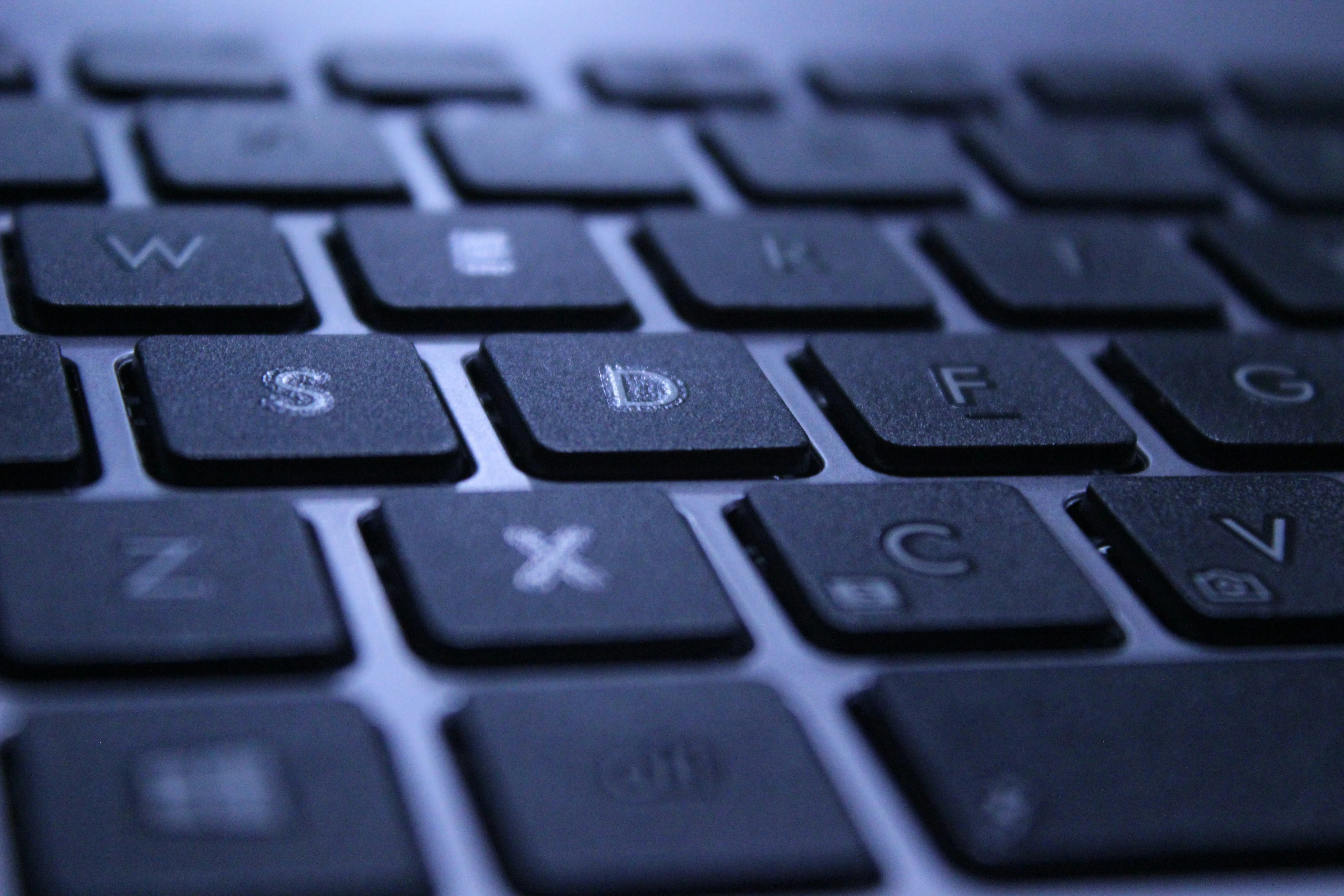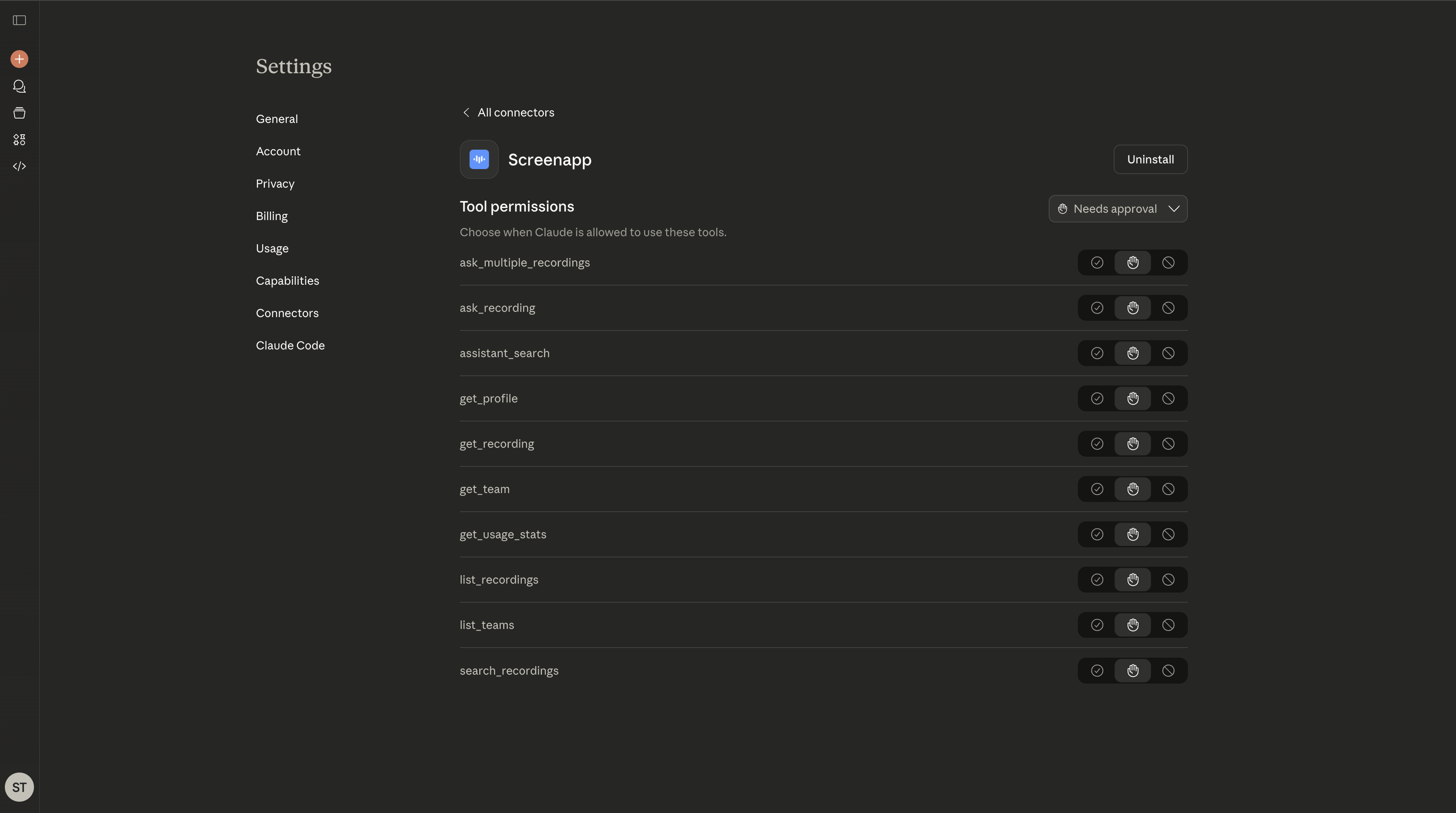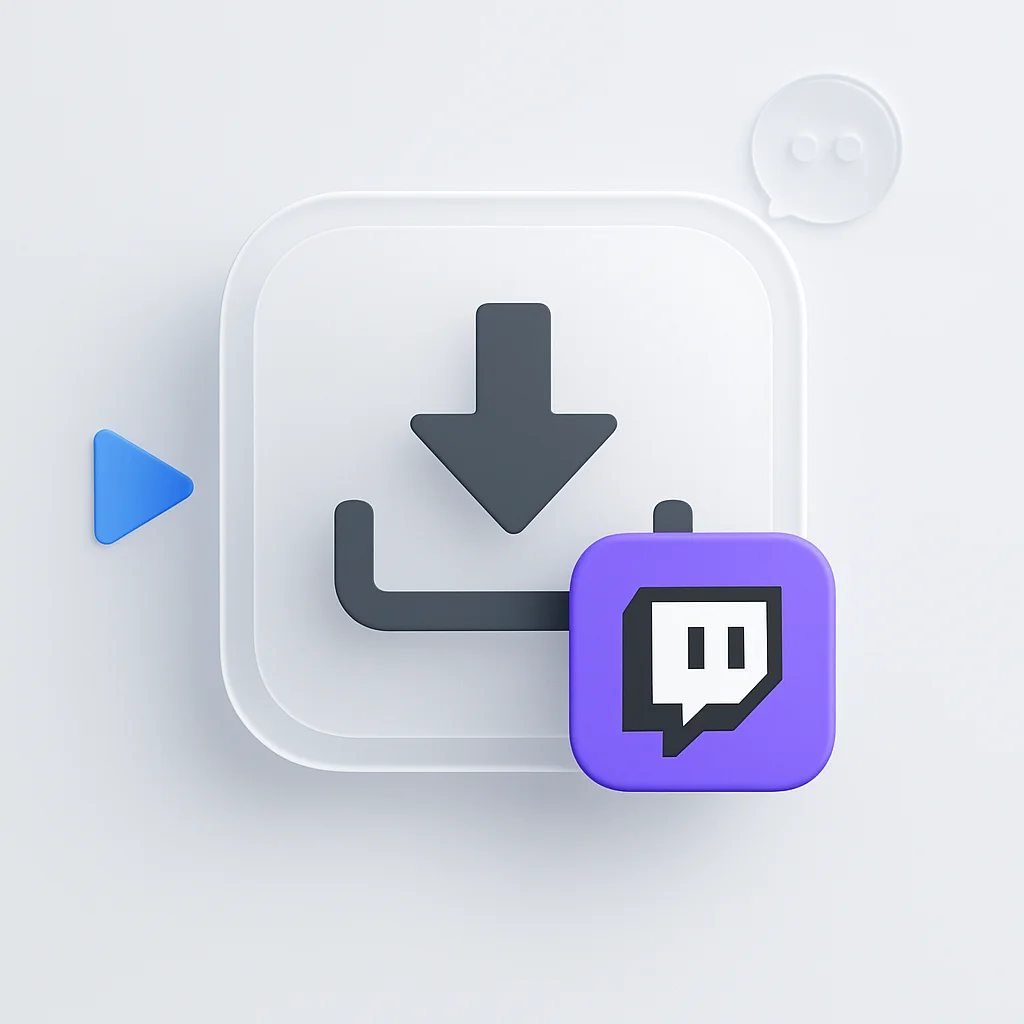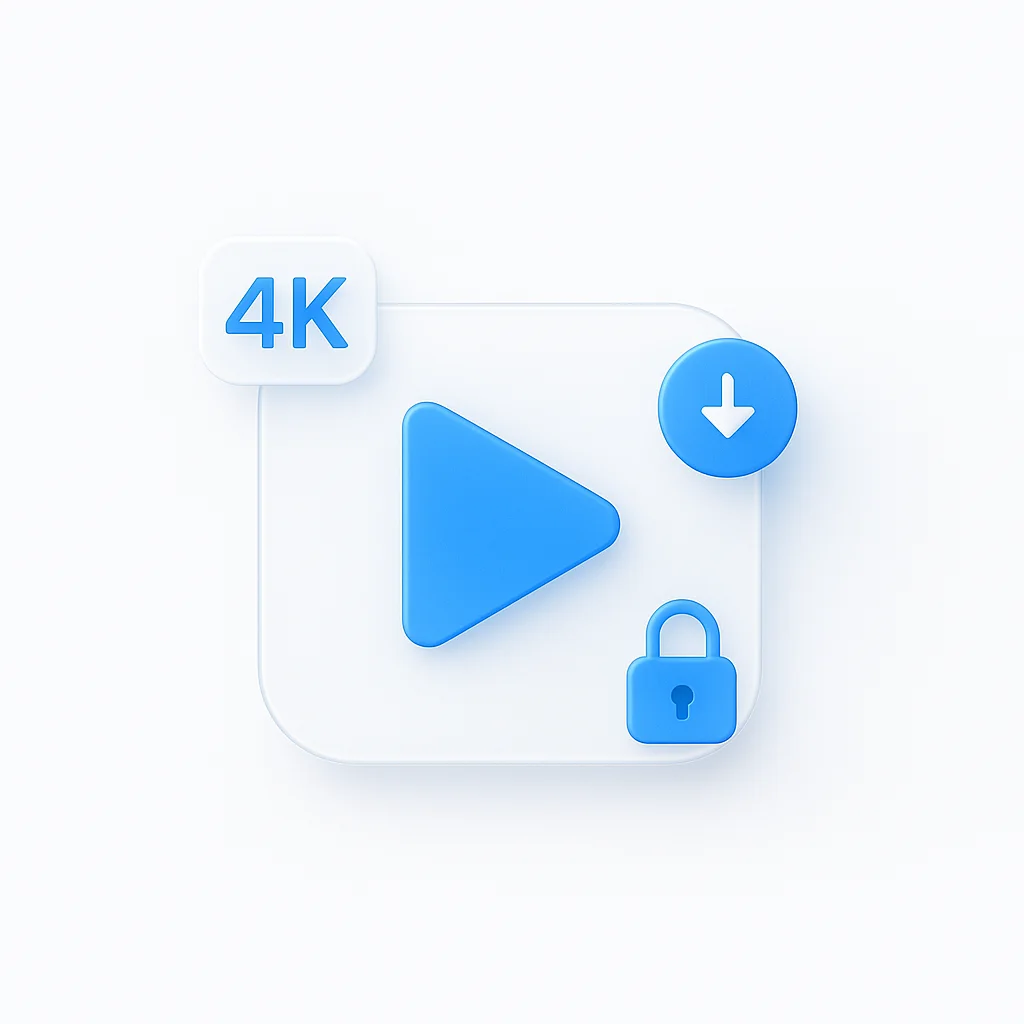Are you tired of fumbling through countless menus and keyboard shortcuts just to capture a simple screenshot on your Samsung laptop? Look no further! We’ve got you covered with our comprehensive guide that will have you capturing screenshots like a pro in no time. Say goodbye to the frustration and hello to effortless screenshotting with our easy-to-follow tips and tricks.
Taking Screenshots on Samsung Laptops: A Comprehensive Guide
Introduction
In our digital age, capturing and sharing on-screen content quickly and efficiently is vital for productivity. From creating how-to guides to saving important conversations, screenshots are the ultimate quick-reference tool. Samsung laptops, known for their sleek design and high performance, offer various tools to capture screenshots easily. You can also use a tool to record screen for longer demonstrations or tutorials. This guide will walk you through the process, making it a breeze no matter your tech-savviness.
Basics of Taking Screenshots
A screenshot, or screen capture, is a digital image of your screen’s contents. It can be incredibly useful for creating tutorials, reporting issues, saving information, or capturing memorable moments.
Taking Screenshots on Samsung Laptops
Windows 10
- Whole Screen: Press the ‘PrtScn’ key.
- Active Window: Press ‘Alt + PrtScn’.
- Custom Area: Use the Snipping Tool.
Windows 11
- Whole Screen: Press the ‘PrtScn’ key.
- Active Window: Press ‘Alt + PrtScn’.
- Custom Area/Active Window: Press ‘Win + Shift + S’.
- Direct Screenshot Save: Press ‘Power + Volume Down’ (on supported models).
Advanced Screenshot Techniques
- Delaying Screenshots: Use Snipping Tool or Snip & Sketch to delay screenshots.
- Taking Screenshots of Menus: Use the delayed screenshot function.
- Third-Party Screenshot Tools: Consider using tools like Lightshot, Greenshot, or ShareX for more features.
Editing and Saving Screenshots
- Saving Screenshots: Paste them into an image editor like Photoshop or Paint and save them to a preferred location.
- Editing Screenshots: Basic editing can be done in Paint, while more advanced editing can be done in Photoshop.
- Organizing Screenshots: Create a dedicated folder for screenshots, and rename them for easy identification.
Common Issues and Troubleshooting
- Screenshot Not Working: Ensure you’re pressing the correct keys and update your system if necessary.
- Screenshots are Dark or Low Quality: Check your screen brightness and adjust your screen resolution if needed.
- Can’t Find Your Screenshot: Check the ‘Screenshots’ folder in your Pictures folder.
Using Third-Party Applications for Screenshots
Third-party apps like Lightshot, Greenshot, and ShareX offer more features and capabilities. These tools can also be handy for creating visuals to enhance WordPress content. If you’re a developer, you might also find it useful to explore some of the best Chrome extensions for developers that can further boost your productivity while working with screenshots and other tasks.
Integrating Screenshots into Other Applications
- Microsoft Office Applications: Paste screenshots using ‘Ctrl + V’ or insert them from the ‘Pictures’ menu.
- Emails or Web-based Applications: Paste screenshots using ‘Ctrl + V’ or attach them as files.
- Graphic Design or Video Editing Software: Import screenshots as image files.
Using Keyboard Shortcuts for Screenshots
Customize keyboard shortcuts for screenshots in ‘Ease of Access Keyboard Settings’.
Sharing Screenshots
- Email: Attach screenshots or paste them directly into the email body.
- Cloud Storage: Upload screenshots to cloud storage and share the link.
- Direct Messaging Apps: Attach or paste screenshots in your messages.
Privacy Considerations
- Avoid Capturing Sensitive Information: Ensure no private information is visible in your screenshots.
- Edit Out Private Information: Use image editors to blur or erase sensitive sections.
- Ask for Consent: Obtain consent before sharing screenshots that include other people’s information or work.
- Abide by Legal and Ethical Guidelines: Be aware of copyright laws and use screenshots ethically and responsibly.
Tips to Improve Screenshot Quality
- Adjust Screen Resolution: Set your screen resolution to the recommended level.
- Enhance DPI Settings: Increase DPI for more detail in the image.
- Improve Text Legibility: Increase text size or zoom in before taking the screenshot.
Industry Use-Cases for Screenshots
- Tech Support: Customers send screenshots to help diagnose issues.
- Education: Teachers and students use screenshots for learning materials and information sharing.
- Graphic Design: Graphic designers use screenshots for inspiration for creating digital content (online flipbooks, magazines, newsletters and other materials), for progress demonstration, and feedback sharing.
- Marketing: Professionals use screenshots for product feature highlighting, tutorial creation, and showcasing customer testimonials.
Conclusion
Mastering the art of taking screenshots on your Samsung laptop can greatly improve your productivity and communication. This comprehensive guide has provided everything you need to know about capturing, editing, and sharing screenshots on your Samsung laptop, regardless of your Windows version. By following these steps and using the provided tips and techniques, you can harness the power of screenshots to enhance your digital communication and workflow.






